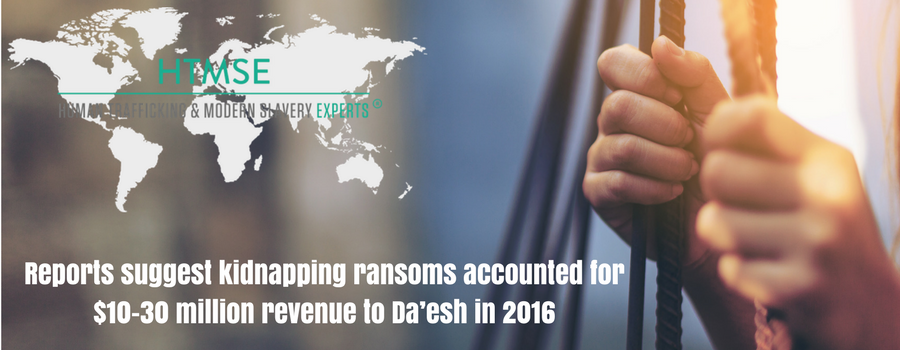
This month global leaders will attend the 79th UN General Assembly (UNGA) Summit of the Future, where the Pact for the Future will address the urgent need for action against modern slavery, human trafficking, forced and child marriage, and forced labour. The pact is an effort to contribute to Sustainable Development Goal Target 8.7, seeking to end forced labour, modern slavery, and human trafficking. The Pact for the Future will be adopted by leaders of UN Member states, which highlights the priority actions needed to address the global issue of modern slavery and human trafficking.
This issue is critical considering the 10 million person increase in persons experiencing modern slavery over the last five years. This is a result of increased hardship and vulnerability due to Covid 19, climate change and national conflicts. The ILO and IOM with Walk Free Foundation produced a Global Estimate of Modern Slavery of 50 million people currently experiencing modern slavery, including forms of forced labour and forced marriage.
There is a call to address the vulnerabilities of women and girls, who are victims of forced marriage and other forms of exploitation through gender inequality. There are considerations for the vulnerability of children and young people, and the nexus of vulnerability they face along with future issues posed by the climate crisis. There are considerations for migrant workers, who are 3 times more likely to be exploited by forced labour than non migrant workers. It is considered that “modern slavery affects people of all ages and is caused by collective injustice and cannot be addressed in isolation from other social issues”.
For further reporting please see the Walk Free Foundation.






